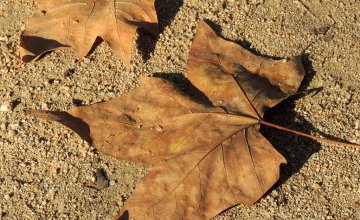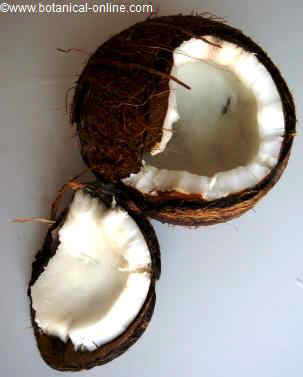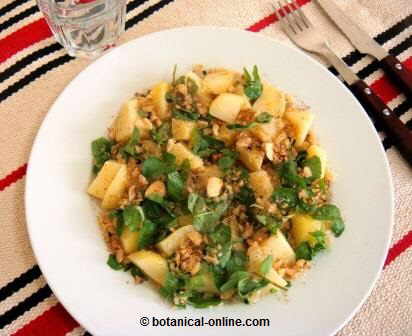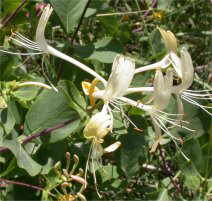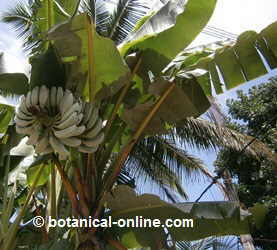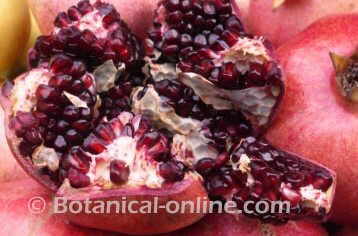Contents
Edible properties of sage
Sage as aromatic herb
Sage is considered one of the most important aromatic plants in the world. Its importance within the kitchen of the Mediterranean basin is crucial. Its role in Italian, French, Spanish, Portuguese and Serbian cuisine must be highlighted.
Within the set of spices or aromatic plants, sage can be considered as an herb with a harsh and spicy taste and a very strong aroma, which will force us to use it sparingly.
Recipes with sage
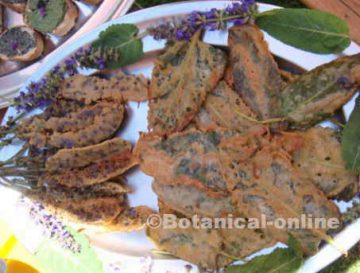
Among the many preparations we can highlight his participation in preparations such as bouquet garni and herbs of Provence. It is also commonly used to give flavor and aroma to oil and vinegar.
Its leaves, both fresh and dried, can be used, for example, in salads, soups, vegetable dishes, legumes, pasta, meat, fish, rice or cheeses. This herb is part of many sauces or mixed preparations.
It is very interesting to add some fresh leaves of sage in the dishes, especially the vegetable dishes. In addition to enhancing the flavor, we take advantage of its phytotherapeutic values.
Sage can also be consumed as an edible wild plant, for example the leaves can be fried.
Species of sage with possible edible properties
In the field, it is possible to distinguish different types or species of sage. There are even different varieties of sage prepared especially for the ornamentation of gardens. Salvias are characterized because they are all plants of the Lamiaceae family (mint family), therefore, rich in essential oils and with labiated flowers. The stems are more or less ligneous or lignified, and their stem is quadrangular.
Among the main salvias that we can find we have:
salvia sclarea amaro plant flower leaves
- Sage (Salvia officinalis) : Studied in this section
- Meadow clary or meadow sage (Salvia pratensis):
- Candelabrum sage: (Salvia candelabrum):
- Clary or clary sage (Salvia sclarea ): Share the medicinal properties with the other sages. Doctor Leclerc recommends it in people who are very weakened by nerves. As food, it has similar properties to common sage.
- Wild clary or wild sage (Salvia verbenaca): Same bactericidal properties. Tender leaves are edible and can be eaten raw or cooked. You can also eat raw flowers. Also used as an aromatic herb in raw or cooked dishes.
- Mediterranean sage or African sage: (Salvia aethiopis): Salvia of little more than 2 palms of height, characterized by broad and very branched inflorescences, forming a structure reminiscent of a candelabrum. White and large flowers. Less aromatic than other salvias and does not have as much bitterness. Unripe fruits are eaten in Turkey
![]() More information on sage
More information on sage

